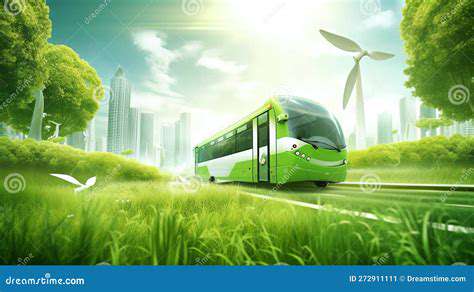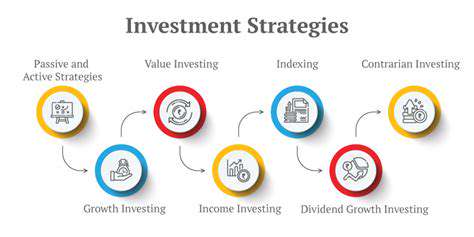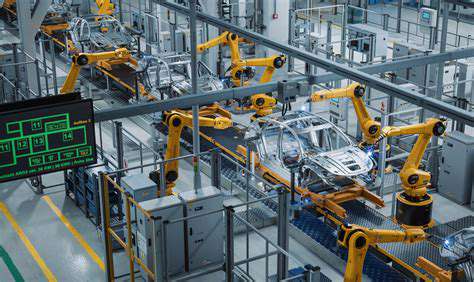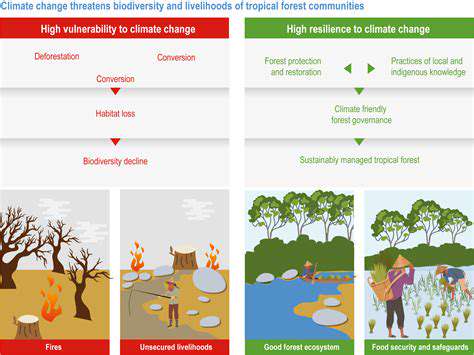Renewable Energy for Water Desalination
Emerging technologies like forward osmosis and capacitive deionization show promise for reducing energy demands. Each method presents unique trade-offs between energy consumption, maintenance requirements, and output capacity that engineers must carefully evaluate.
Environmental Impacts and Considerations
The ecological footprint of desalination requires careful management. Traditional plants consuming 3-10 kWh per cubic meter often draw power from carbon-intensive grids. The hypersaline brine byproduct—typically twice as salty as seawater—can devastate marine ecosystems if discharged improperly. Modern facilities now implement diffuser systems that gradually mix brine with ocean currents, while some pioneer zero-liquid-discharge designs that crystallize salt for industrial use.
California's Carlsbad plant demonstrates how environmental safeguards can coexist with large-scale production, using fish-friendly intake screens and renewable energy integration to minimize ecosystem disruption.
Economic Viability and Cost Factors
Desalination economics hinge on location-specific factors. Construction costs for medium-sized plants (50,000 m³/day) typically exceed $100 million, with membrane replacement constituting 15-20% of operating expenses. Energy represents 30-50% of production costs, making proximity to affordable power sources crucial. Some nations offset expenses through public-private partnerships, while others incorporate desalination into broader water infrastructure bonds.
Future Developments and Research
The next generation of desalination focuses on radical efficiency improvements. Graphene oxide membranes show potential to double permeability while rejecting 99% of salts, potentially halving energy needs. Researchers are testing hybrid solar-thermal systems where photovoltaic heat drives distillation processes. Pilot projects in Saudi Arabia combine concentrated solar power with membrane distillation, achieving 80% energy recovery rates.
Brine valorization—extracting lithium, magnesium and other minerals from waste streams—could transform environmental liabilities into revenue sources. These innovations aim to make desalination sustainable for the 1.8 billion people projected to face absolute water scarcity by 2025.
Wind Energy: A Complementary Renewable Resource
Harnessing the Power of Wind
Modern wind turbines represent engineering marvels, with rotor diameters exceeding 150 meters and smart yaw systems that optimize alignment with shifting winds. Offshore installations now achieve capacity factors surpassing 50%, rivaling conventional power plants for reliability. The levelized cost of wind energy has plummeted 70% since 2009, making it competitive with fossil fuels in most markets.
Advanced predictive maintenance algorithms analyze vibration data from thousands of sensors, preventing failures before they occur. These innovations have extended turbine lifespans beyond 25 years while reducing operational costs by 40% compared to early-generation models.
The Role of Wind in Water Desalination
Wind-desalination hybrids are gaining traction in water-stressed regions. Spain's Canary Islands operate RO plants directly coupled to wind farms, using excess energy to pump water to high-altitude reservoirs during windy periods. This approach smooths out wind power's intermittency while providing gravity-fed water distribution. A 2023 pilot in Western Australia demonstrated that such systems can reduce desalination's carbon footprint by 85%.
Environmental Considerations and Sustainability
While cleaner than fossil alternatives, wind development requires careful siting. Radar-assisted shutdown systems now reduce bird collisions by 80% at sensitive locations. The industry is transitioning to recyclable turbine blades, with Siemens Gamesa introducing fully recyclable models in 2022. Offshore installations must account for marine mammal habitats, leading to innovative bubble curtain noise mitigation during pile driving.
Economic Viability and Cost-Effectiveness
The economics of wind-powered desalination improve dramatically at scale. Combined 100MW wind/50,000 m³/day desalination plants achieve 20% lower levelized water costs than separate facilities. Chile's Atacama region has leveraged these synergies, using consistent coastal winds to produce water for mining operations at $0.45/m³—cheaper than trucked-in supplies.
Integration with Other Renewable Sources
Hybrid renewable microgrids are proving particularly effective for desalination. A Jordanian project combines 12MW wind with 8MW solar and 4MWh battery storage, powering RO membranes around the clock. Such configurations maintain 98% uptime while keeping energy costs below $0.03/kWh. Machine learning algorithms dynamically balance power sources based on weather forecasts and water demand patterns.
Adiabatic compression systems represent the cutting edge of energy storage, achieving round-trip efficiencies above 70% by capturing and reusing compression heat. These innovations enable wind farms to store surplus generation for use during calm periods. The Huntorf CAES facility in Germany has demonstrated 90% reliability over 40 years of operation, proving the technology's durability.
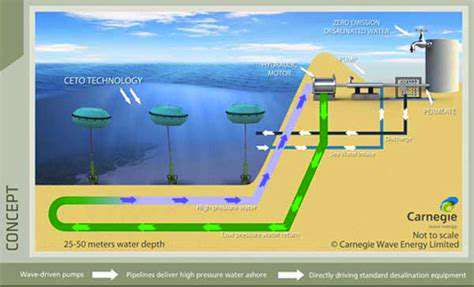
Beyond the Technologies: Optimizing Desalination Plant Design and Operation

Understanding the Core Principles
Effective plant optimization requires systems thinking. Singapore's PUB water agency achieves 2% annual efficiency gains by treating energy recovery devices, membrane arrays, and pretreatment as interconnected components. Their integrated control systems adjust 300+ parameters in real-time based on feedwater quality and energy pricing fluctuations.
Analyzing Existing Infrastructure
Retrofitting older plants yields significant benefits. Cyprus upgraded its Dhekelia facility by replacing 1980s-era membranes with modern nanocomposite versions, boosting output 40% without expanding the footprint. Advanced CFD modeling identified flow distribution issues that were corrected with redesigned feed channels, reducing pressure losses by 15%.
Evaluating Current Workflows
Digital twins are revolutionizing plant operations. Saudi Arabia's SWCC uses virtual replicas of its 1 million m³/day plants to simulate thousands of operating scenarios daily. This approach identified optimal cleaning cycles that extended membrane life by 30% while maintaining 99.7% salt rejection rates.
Implementing Strategic Solutions
Smart desalination integrates multiple innovations. Israel's Sorek 2 plant combines variable-frequency drives, AI-powered chemical dosing, and ceramic microfiltration in a system that adapts to Mediterranean water conditions. Their phased implementation approach allowed continuous operation during upgrades, avoiding costly shutdowns.
Measuring and Monitoring Results
Granular data collection drives continuous improvement. Australian plants now employ spectroscopic sensors that detect membrane fouling 8-12 hours before pressure changes become apparent, enabling proactive cleaning. Cloud-based dashboards track 200+ performance indicators across global facilities, allowing operators to benchmark against industry leaders.
Maintaining and Scaling Optimizations
Sustainable optimization requires institutional knowledge. Dubai's DEWA has established a desalination excellence center that codifies best practices across its 13 facilities. Their technician certification program has reduced mean-time-to-repair by 65% since 2018, while predictive maintenance algorithms cut unplanned downtime to under 1%.



